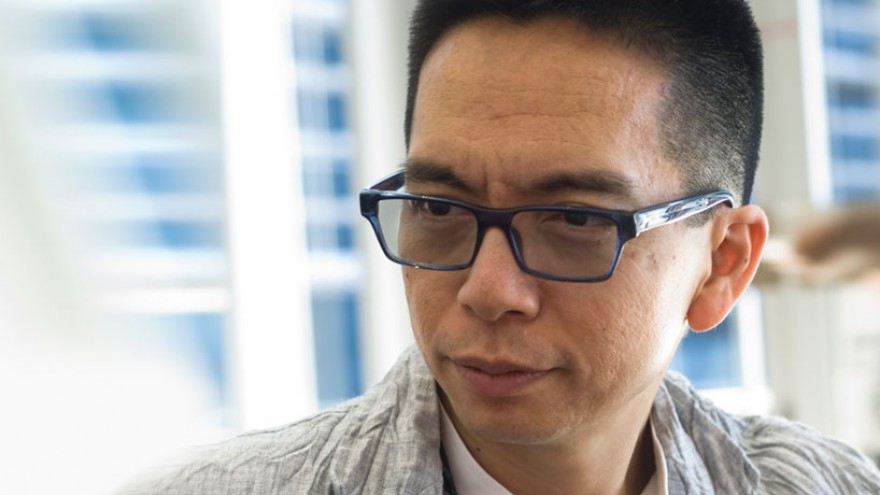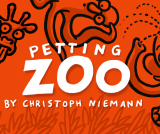John Maeda describes himself as humanist technologist, and design as a discipline that is not designed well to be understood.
Design is often seen as "drawing a picture", which it obviously is not. It’s also seen as confusing – the exact opposite of what it’s supposed to achieve. <aeda's call to action, so to speak, to all creatives is to think wider and be braver in our solutions. Caring about the nature of being human, and the nature of technology, and reconciling both is important today, because it’s technology that connects people, but it’s always people that matter. Design is key in that reconciliation.
His key project at RISD is to add art and design into STEM--which stands for science, technology, engineering, and mathematics... as a core principle American Education, to create STEAM.
in his presentation at the 2013 Design Indaba Conference he talked about how the design industry is changing and the importance of design thinking, and the future of creative leadership... perhaps disguised more as a wallflower... and how to be successful in this competitive environment.
He spoke about the intersection between art, design and technology, touching on such topics as the role of computer programming and the role of code in art.
Infographics, video, audio remarks and photographs accompanied Maeda's talk, which elaborated on the creative relationship between digital technology and physical craft.
"Computers let us imagine digitally what we once could only validate by handcraft i physical form," Maeda explains. "The infinite malleability and reusability of bits have forever changed the creative process but […] digital tools have relied on many of the original tools and media used by artists in the pre-digital world," says Maeda in regards to his 2011 exhibition on Adobe's web-based Adobe Museum of Digital Media.
John Maeda at Design Indaba 2013 (Portrait © designboom)












